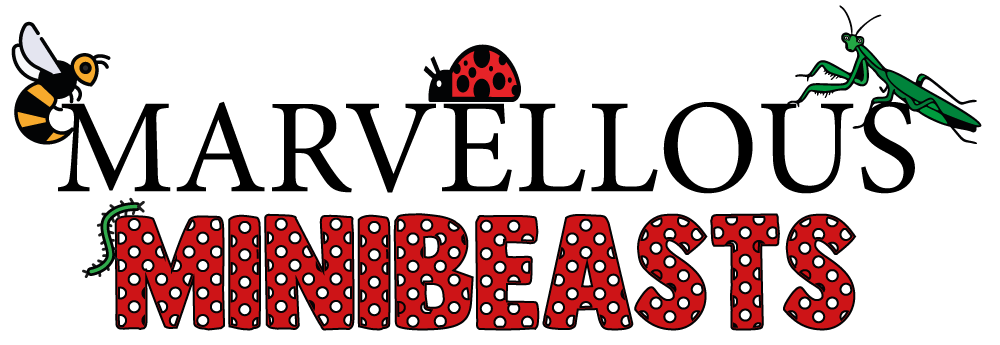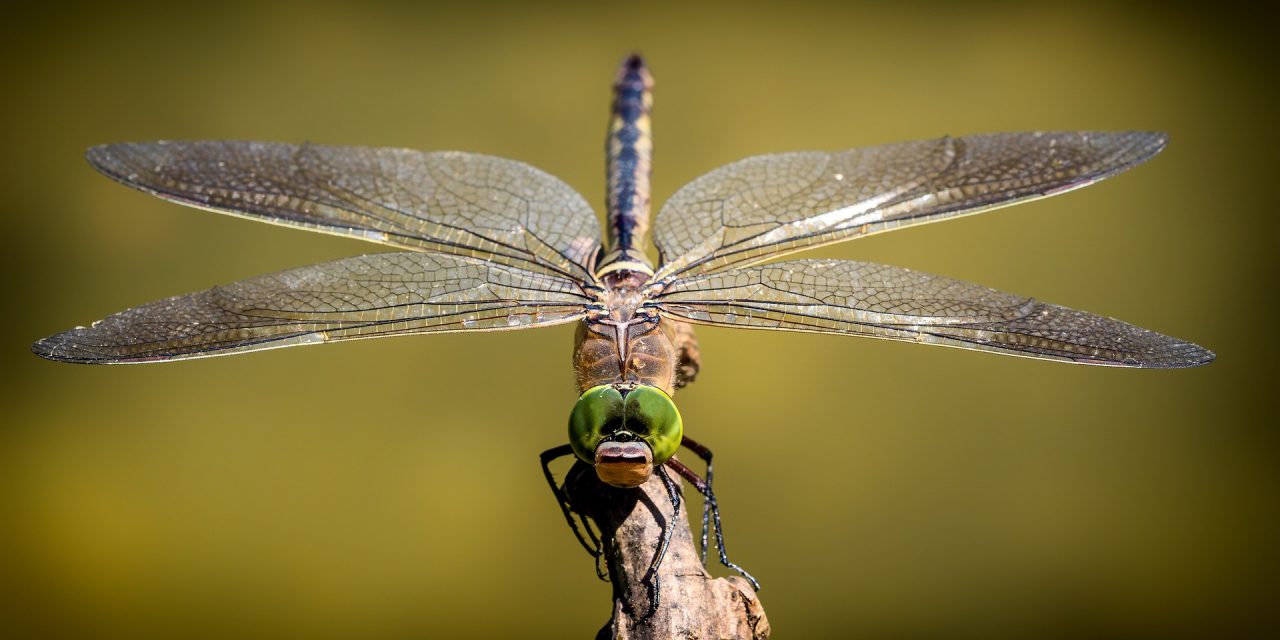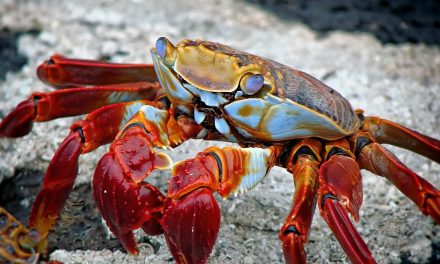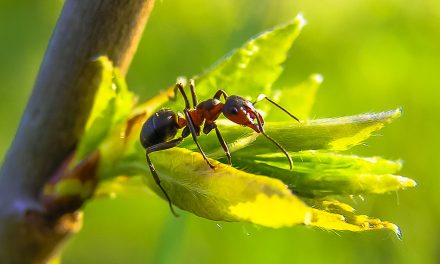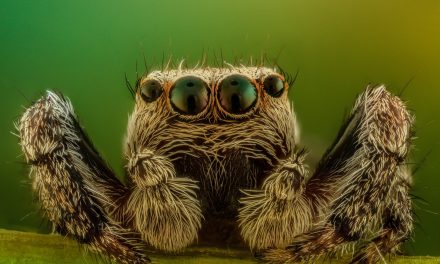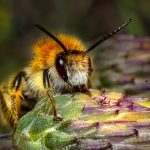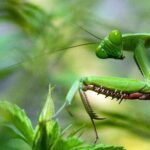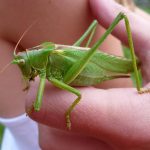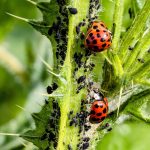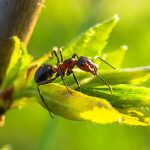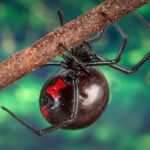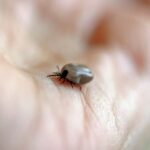There are over 24,000 different species of insects in the UK, and well over one million different species have been described worldwide. Identification and categorising insects is essential for a variety of reasons, one of the most significant of which is the ability to carry out accurate research.
Placing insects into their own groups helps us to identify evolution, characteristics, behavioural patterns, and genetic make-up.
Each of these groups can be broken down into the following categories:
- Kingdom
- Phylum
- Class
- Order
- Family
- Genus
- Species
Arthropod classifications
Arthropods can be classified into a wide variety of families and orders. However, they can all be categorised under the same five categories. These include
- Myriapoda: centipedes and millipedes
- Chelicerata: spiders, scorpions, mites, ticks, horseshoe crabs, and sea spiders
- Hexapoda: Ants, flies, grasshoppers, beetles, butterflies, moths, bees, and springtails
- Crustacea: lobsters, crabs, shrimp, barnacles, and krill
- Trilobitomorpha: trilobites (which are extinct)
Myriapods
There are about 13,000 different species of myriapods, which can be put into four different groups:
- Chilopoda – centipedes
- Diplopoda – millipedes
- Pauropoda – pauropods
- Symphyla – Symphyla ( garden centipedes)
The word “myriapod” means “many feet” in English, and this subphylum does include species with “many feet,” like centipedes and millipedes. Millipedes can range from having less than ten legs to having up to 750 legs. Most millipedes actually have between 80 and 400 legs.
Myriapods are land animals, which means that they live on land and almost always eat plants. However, there are some centipedes that eat other animals. Carnivorous centipedes can be identified by a modified pair of appendages on their heads known as forcipules.
The size of the centipede species will determine the size of the prey it hunts, which can range widely from other invertebrates and vertebrates like mice and frogs. Myriapods that eat plants are important parts of many ecosystems because they break down and decompose plant matter so that other organisms can use it.

Chelicerata
There are about 70,000 different species of Chelicerata, and they can be put into three main groups:
- Arachnida – spiders, scorpions, mites, and ticks
- Xiphosura – horseshoe crabs
- Pycnogonida – sea spiders
The first Chelicerata were marine animals that lived during the Middle Cambrian period. Most of these species are predators, and they are easy to tell apart because they have a pair of special appendages called chelicerae.
Chelicerae are parts of the mouth that end in a point and are used to grab and hold prey. Spiders are the only type of arachnid that has venomous chelicerae.
Spiders also do not have mandibles or maxillae which are mouthparts used for chewing food. (With the exception of harvestmen, as they have the ability to digest solid food) Instead, they regurgitate digestive enzymes into their prey, which causes their internal organs to turn into liquid, which they can suck out.
Chelicerates, like all arthropods, have segmented bodies with jointed limbs that are all protected by a cuticle made of chitin and hardened proteins called the exoskeleton. Once the exoskeleton has hardened, it is no longer capable of expanding, so in order for them to grow bigger, they have to moult. The new exoskeleton is extremely soft and will need time to harden. During this time, they are completely defenceless.

Hexapoda
There are approximately one million different species of hexapods, and they can be classified into the following three classes:
- Protura – coneheads
- Collembola – springtails
- Diplura – two-pronged bristletails
- Insecta – insects
Hexapods are distinguished from other arthropods by the fact that they have six legs. They are all relatively small groups of animals that live in the soil and range in size from a few millimetres to a few centimetres. In general, Protura and Diplura do not have eyes or antennae on their bodies.
Springtails are a relatively small group of hexapods in terms of the number of species. However, there are an extremely large number of springtails overall. For the most part, they make their homes in soil and leaf litter, both of which are crucial environments for the decomposition of plant matter and the formation of soil.
Compared to other groups of hexapods, springtails have the most widespread distribution across the entire planet. In some areas, there could be as many as 100,000 of them living in one cubic metre of topsoil.

Crustacea
Crustacea are made up of about 67,000 different species, which can be put into the following classes:
- Malacostraca – woodlice, shrimp, crayfish, lobsters, crabs
- Thecostraca – barnacles and relatives
- Hexanauplia – copepods and tantulocaridans
- Cephalocarida – horseshoe shrimp, branchiopoda, fairy shrimp, tadpole shrimp, clam shrimp, and water fleas
Crustaceans, also known as crustacea, are a large and diverse group of arthropods. Most people now think that hexapods can be traced back to a deep level within the group of crustaceans called pancrustacea.
Certain groups of crustaceans, such as Remipedia, Cephalocarida, and Branchiopoda, are more closely related to insects and other hexapods than they are to the other crustacean groups.
A crustacean’s body is divided into three sections: the head (cephalon), the thorax (pereon), and the abdomen (pleon). There is also the possibility that the head and thorax will become fused together to form a cephalothorax, which would then be covered by a single hard shell (carapace).
The crustacean’s tough exoskeleton does a good job of protecting the body, but in order for the animal to develop into an adult, it needs to moult.
The majority of crustaceans can be found living in water. Freshwater, saltwater, and even inland brines that can have a salt concentration that is several times higher than that of seawater.

Trilobitomorpha
Trilobites were a group of extremely primitive marine arthropods that have since become extinct. They were known to have inhabited the oceans millions of years ago. During the Cambrian and Ordovician geologic periods, they were very common, but by the time we got to the Permian, they were no longer around.
The body was long and flat, with a head that was protected by a dorsal shield, a trunk (thorax), and an end piece (pygidium). The length of the vast majority of the 3,900 species varied between 1 and 4 inches; some planktonic forms were shorter, while others could grow to be as long as 2 1/2 feet.

Did insects evolve from amphibians?
No, scientists have done a lot of research and found that insects evolved from crustaceans millions of years ago. Most likely, they first showed up during the Ordovician period, which was about 480 million years ago.
Roughly at the same time, land-based plants began to emerge. The earliest insects would have been land dwellers. But about 80 million years later, during the Devonian period, one group of insects learned how to fly.
Which insects can fly?
According to research, insects were the only group of invertebrates to develop wings and the ability to fly during the Carboniferous period. Wings could have evolved on the sides of limbs that were already present. It’s possible that they were used to sail or glide across the water or to slow-descent.

How many legs does an insect have?
An insect has six legs, all of which are connected to its body (thorax). The thorax has three segments called the prothorax, the mesothorax, and the metathorax, and each section has one pair of legs.
How are spiders related to insects?
They are not nearly as related as you might think they are. Although spiders and insects belong to the same class, these two groups of arthropods couldn’t be more different from one another.
When it comes to evolutionary relationships, insects are more closely related to crustaceans, centipedes, and millipedes than they are to chelicerate.
